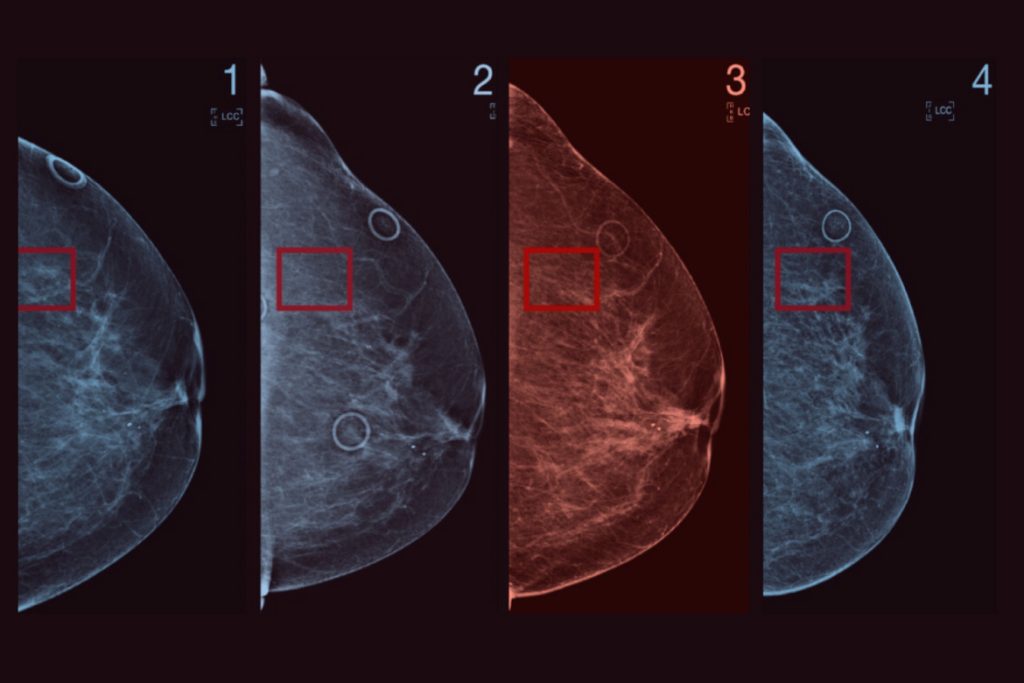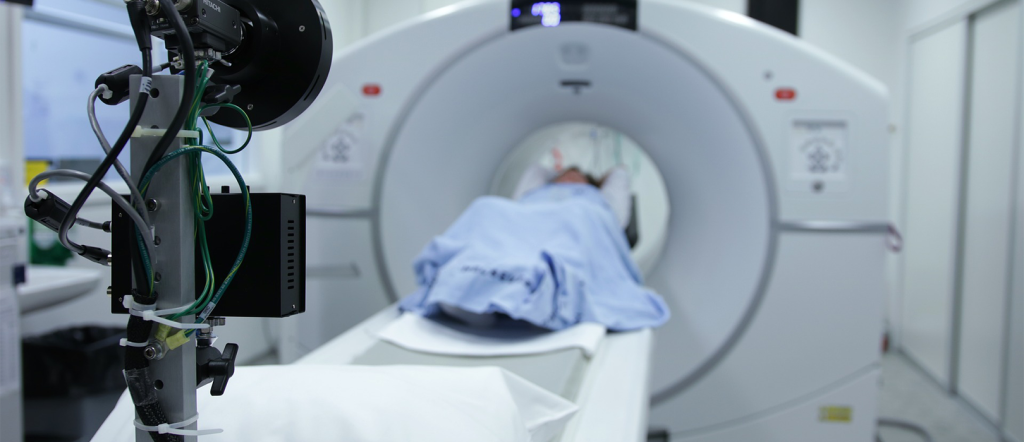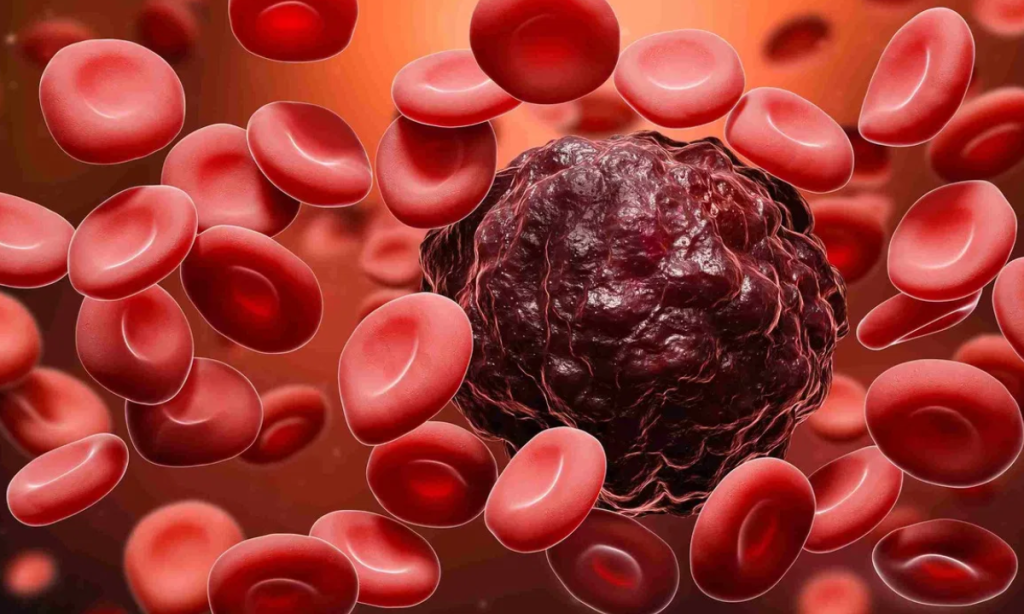Mouth Sores From Cancer Treatment: Relief Tips
Mouth sores during cancer therapy often catch patients off guard because they appear suddenly and disrupt basic routines. Eating becomes uncomfortable, speaking feels strained, and even swallowing can require extra effort. According to our editor’s research, many people describe these sores as one of the most frustrating side effects because they interfere with normal life…
Read more










